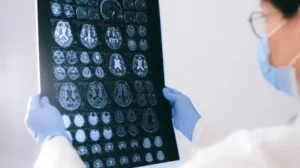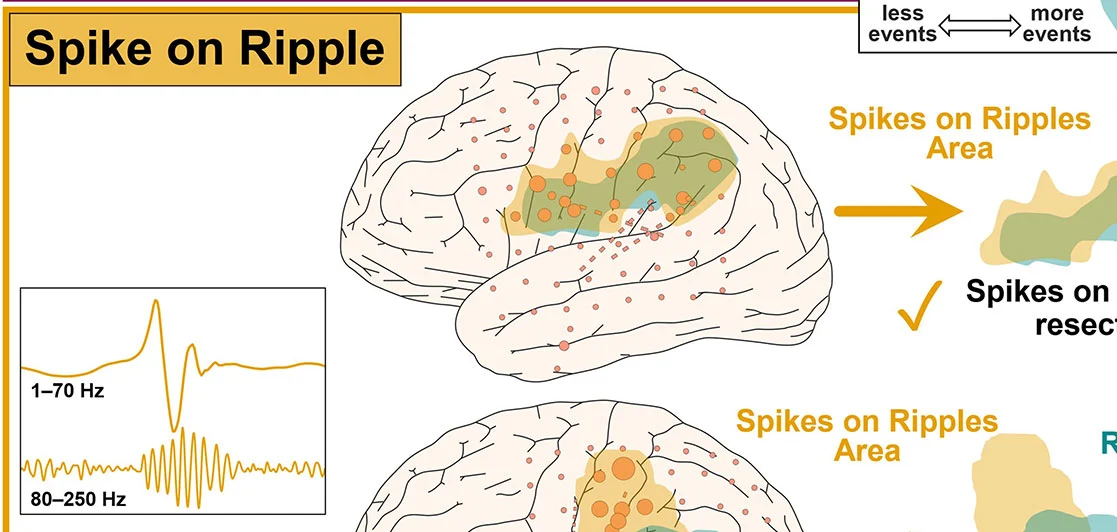UCLA team identifies brain rhythms linked to seizures in Alzheimer’s
Article published in News Medical Life Sciences
A UCLA Health research team has identified changes in brain rhythms that indicate seizure activity in Alzheimer’s patients. Senior author Dr. Keith Vossel’s previous studies showed that silent (non-convulsive) seizures, detected through overnight electroencephalography (EEG) and one-hour magnetoencephalography (MEG), occur in more than 40% of Alzheimer’s disease patients, significantly more than the 20% who experience overt seizures.
That research also demonstrated that both silent and overt seizures accelerate cognitive decline. In their latest study, the team analyzed MEG and EEG recordings for high-frequency oscillations (HFOs) which are fast bursts of rhythmic activity indicative of epilepsy. The researchers found that HFOs occur at rates two to three times higher in Alzheimer’s patients than in cognitively normal individuals. MEG proved more effective than EEG at detecting these signals due to its superior signal-to-noise properties. The study also found that HFOs were more asymmetric (appearing more on the right side) in Alzheimer’s patients with epileptic activity.
Notably, HFOs that coincided with epileptic spikes were suppressed by the antiseizure medication levetiracetam, based on data from Vossel’s Phase 2a clinical trial. Vossel’s prior research has shown that low doses of levetiracetam can improve spatial memory and problem-solving abilities in Alzheimer’s patients with epileptic activity. A quick MEG exam could therefore provide a valuable tool for early intervention, enhancing patient care while reducing healthcare costs. “Encouragingly, MEG screening for HFOs takes just 10 minutes, offering a practical and efficient way to identify Alzheimer’s patients at higher risk of epileptic activity,” said Vossel.






